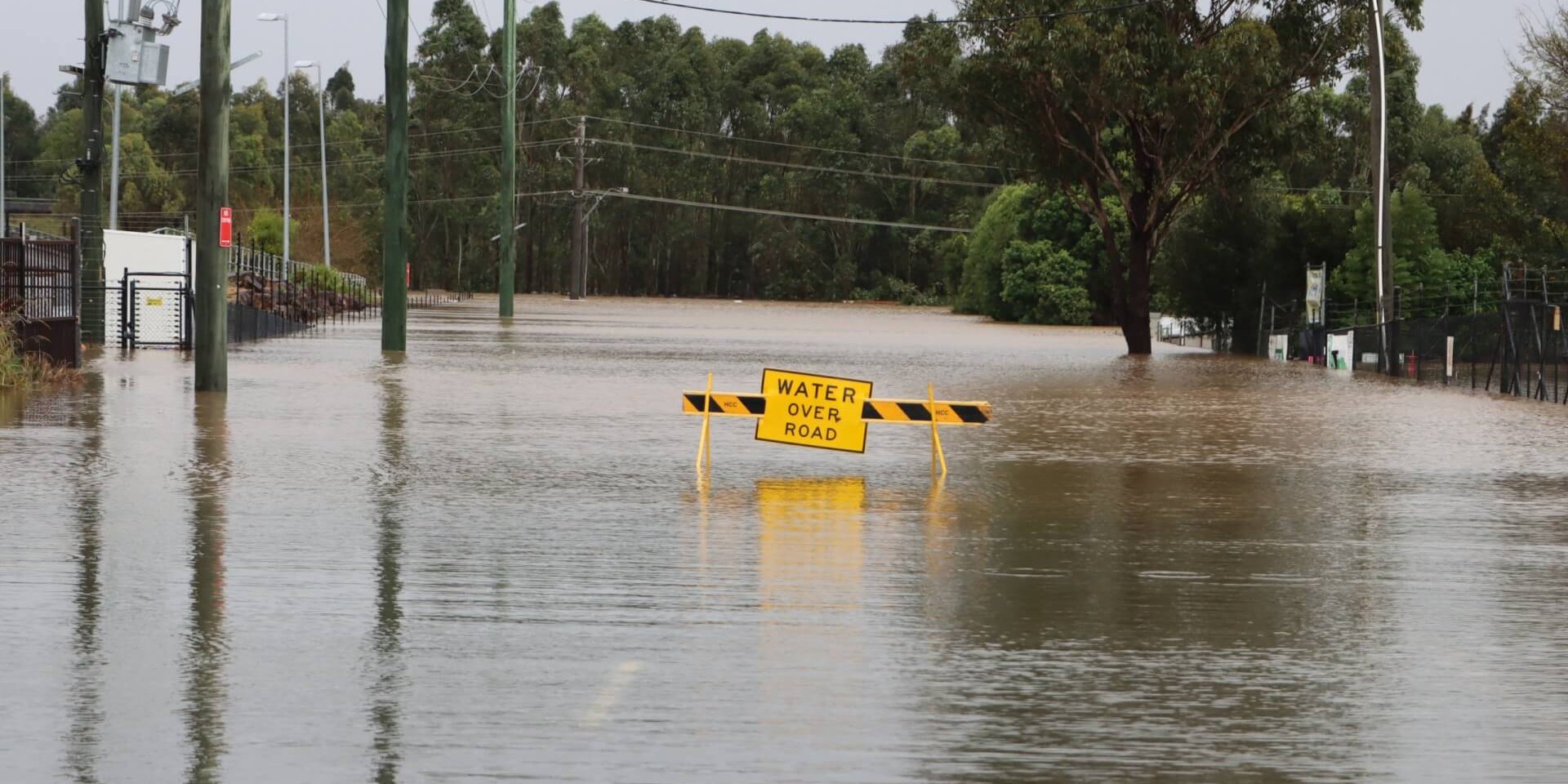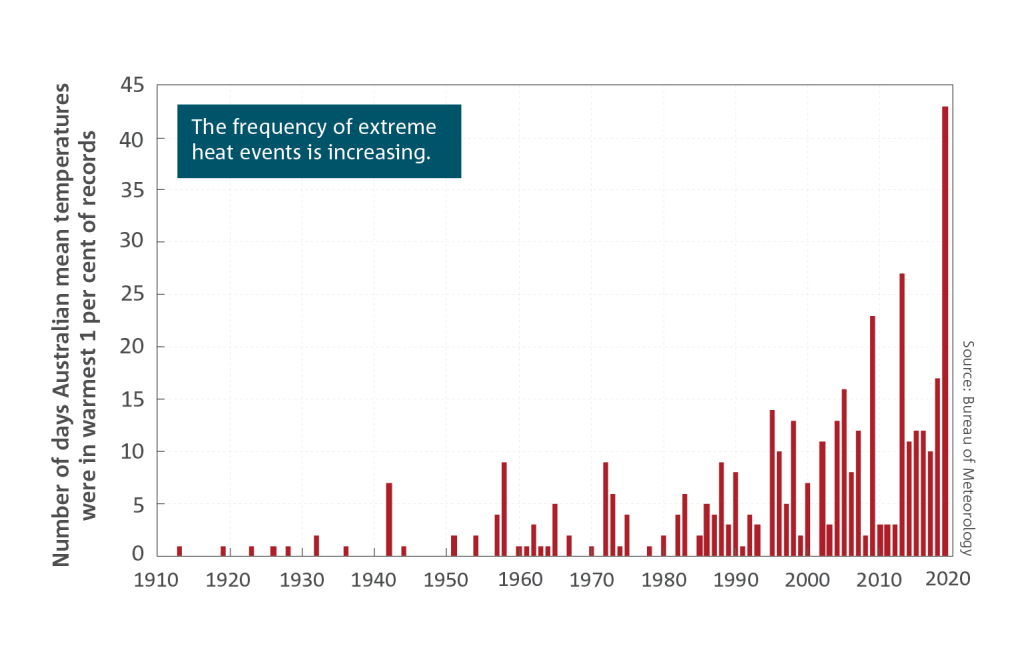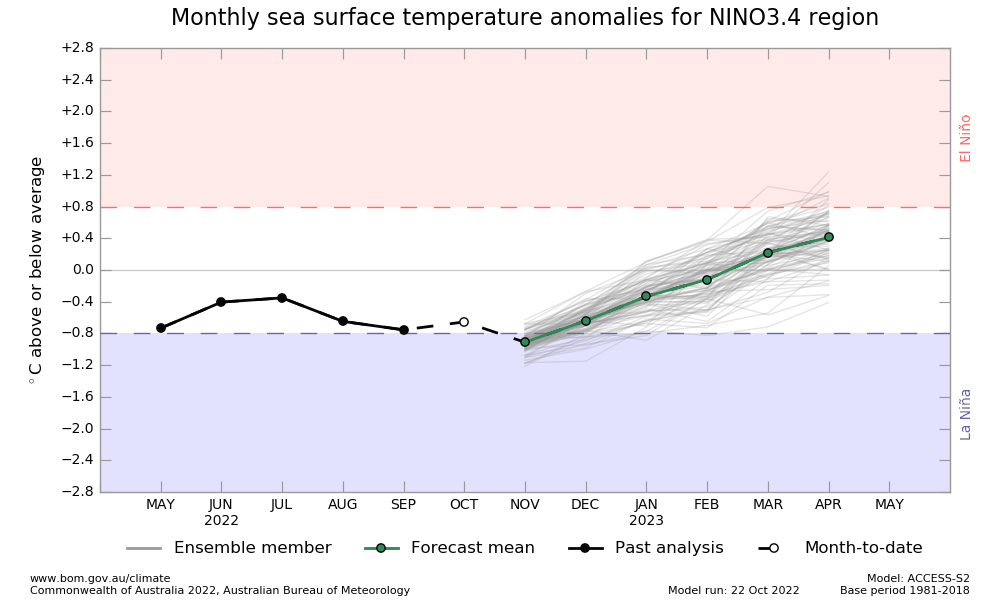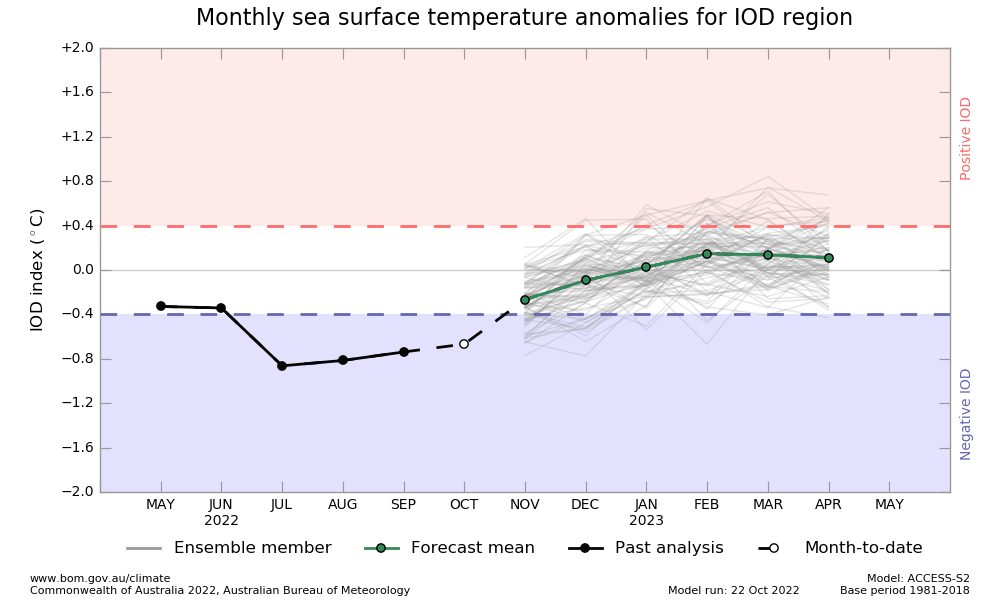
This blog is part of a series of perspectives from ISC Fellows and other members of the ISC’s network on the forthcoming United Nations Climate Change Conference (COP27), which will be held from 6 to 18 November 2022 in Sharm El Sheikh, Egypt.
On October 13, the International Day for Disaster Risk Reduction, and as the world prepares for the UNFCCC COP27 meetings to be held in November 2022, Australia awoke to news of unprecedented torrential rain across the east coast with major flood warnings on multiple rivers in the States of Victoria, New South Wales, Queensland, Tasmania, Australian Capital Territory, with mass evacuations and loss of people, property and livelihoods across the east coast. In the small town of Echuca, Victoria, the entire population came together to build a makeshift levee using sandbags to withstand the highest flood level in its history. For most of us, it is apparent that the impacts of climate change are being felt today and becoming increasingly extreme.
With its subtropical latitude, Australia’s weather is influenced by weather from the Pacific, Indian and Southern oceans. Australia is a very flat continent, which results in limited orographic rainfall (which is caused by moist air being forced over rising terrain). Australia’s climate has warmed by over 1°C since 1960, which has caused an increase in the frequency of months that are much warmer than usual. According to the CSIRO, Australia’s leading scientific research institution, heavy rainfall events are expected to increase and become more intense because a warmer atmosphere can hold more water vapour than a cooler atmosphere. There is a 7% increase in atmospheric moisture per degree of global warming. This can cause an increased likelihood of heavy rainfall events and more energy for some processes that generate extreme rainfall events.

In addition to warming, the oceans surrounding Australia have been warming, resulting in the simultaneous occurrence of three important determinants of weather patterns in Australia.
The ENSO is the oscillation between El Niño and La Niña states in the Pacific region. El Niño typically produces drier seasons, and La Niña drives wetter years, but the influence of each event varies, particularly in conjunction with other climate influences. In 2022, the warming of the Pacific Ocean has resulted in the La Niña effect, bringing onshore moisture onto the east coast of Australia. This is the third consecutive year for the La Niña event, unprecedented since weather records have been maintained. With three months to the end of the year, Sydney has already recorded its wettest year since 1950.

A second influence is the Indian Ocean Dipole (IOD) which is the difference in sea surface temperatures between the eastern and western tropical Indian Ocean. A negative phase typically results in above average winter-spring rainfall in Australia. A negative Indian Ocean Dipole is under way, bringing moisture from the north west of Australia, travelling across the continent to the east coast.

The third influence is the Southern Annular Mode, or SAM, which refers to the north-south shift of rain-bearing westerly winds and weather systems in the Southern Ocean compared to the usual position. The SAM refers to the north/south movement of the strong westerly winds that dominate the middle to higher latitudes of the Southern Hemisphere. These are also associated with the storm systems and cold fronts that move from west to east. Winds associated with the Southern Annular Mode cause oceanic upwelling of warm circumpolar deep water along the Antarctic continental shelf, representing a possible wind-driven mechanism that could destabilize large portions of the Antarctic ice sheet. [The SAM is currently in a positive phase, which means that westerly winds move further south than normal for the time of year. The SAM is likely to remain positive throughout spring and early summer, increasing the likelihood of higher rainfall across the east coast of Australia.

The impacts of the changing climate are being felt across the world from extreme floods in Pakistan to extreme famine in Kenya, Somalia and Ethiopia due to drought, the worst in four decades.
Scientists and engineers know the causes of climate change and are developing solutions to address these, including the transition to a low carbon future. However, in many countries, including Australia, there has been a reluctance to take action to address climate change for years. This changed with the election of a new government and the passage of the Climate Change Bill 2022, which has national targets of cutting greenhouse emissions by at least 43% by 2030, reaching net zero by 2050. In Australia and in other countries, everyone needs to act individually and contribute to community efforts to ensure that there is a determined effort to address global warming. There is an extreme urgency to act. I hope that the discussions at COP27 will bring about the much needed coordinated global action to address one of the most crucial and possibly existential challenges of our time.
Dr Kanga is the Non Executive Director at Standards Australia, Airservices Australia, Sydney Water, and BESydney, and is an ISC Fellow.
She was President of the World Federation of Engineering Organizations (WFEO), 2017-2019, with 100+ national/continental members, representing 30+ million engineers.
Image by Wes Warren on Unsplash. Flooded road near Windsor, Western Sydney, NSW, Australia. July 5, 2022.